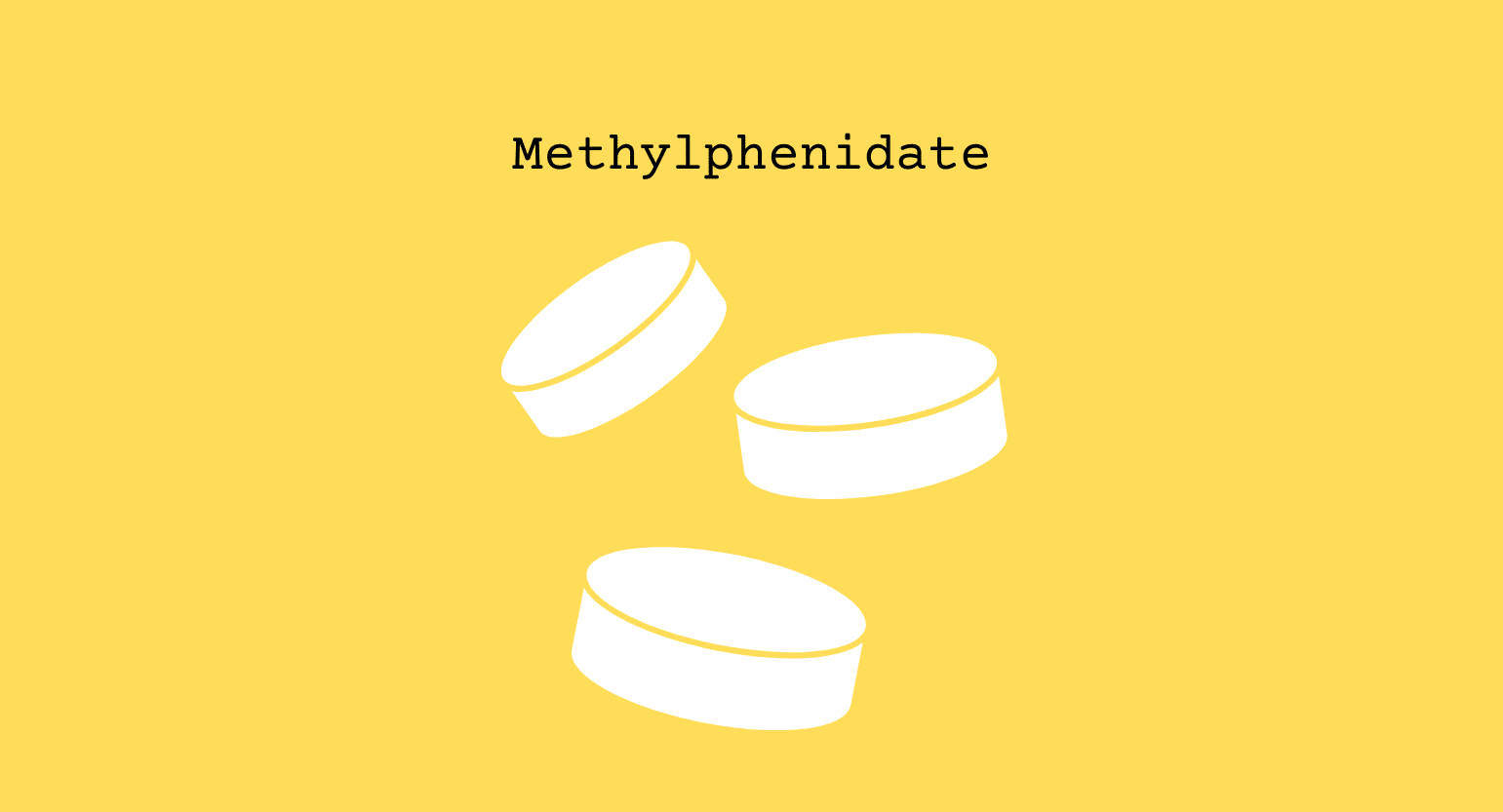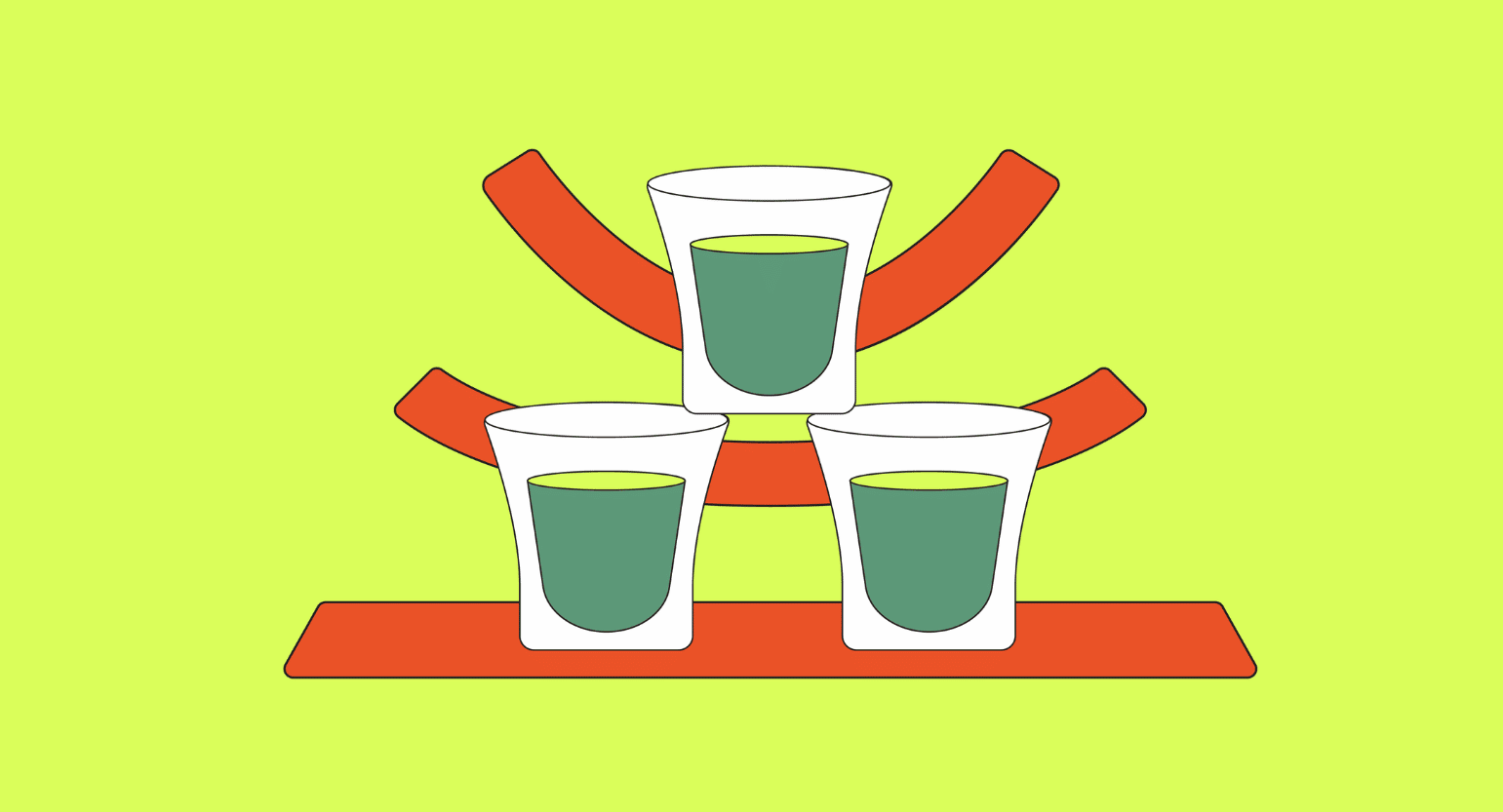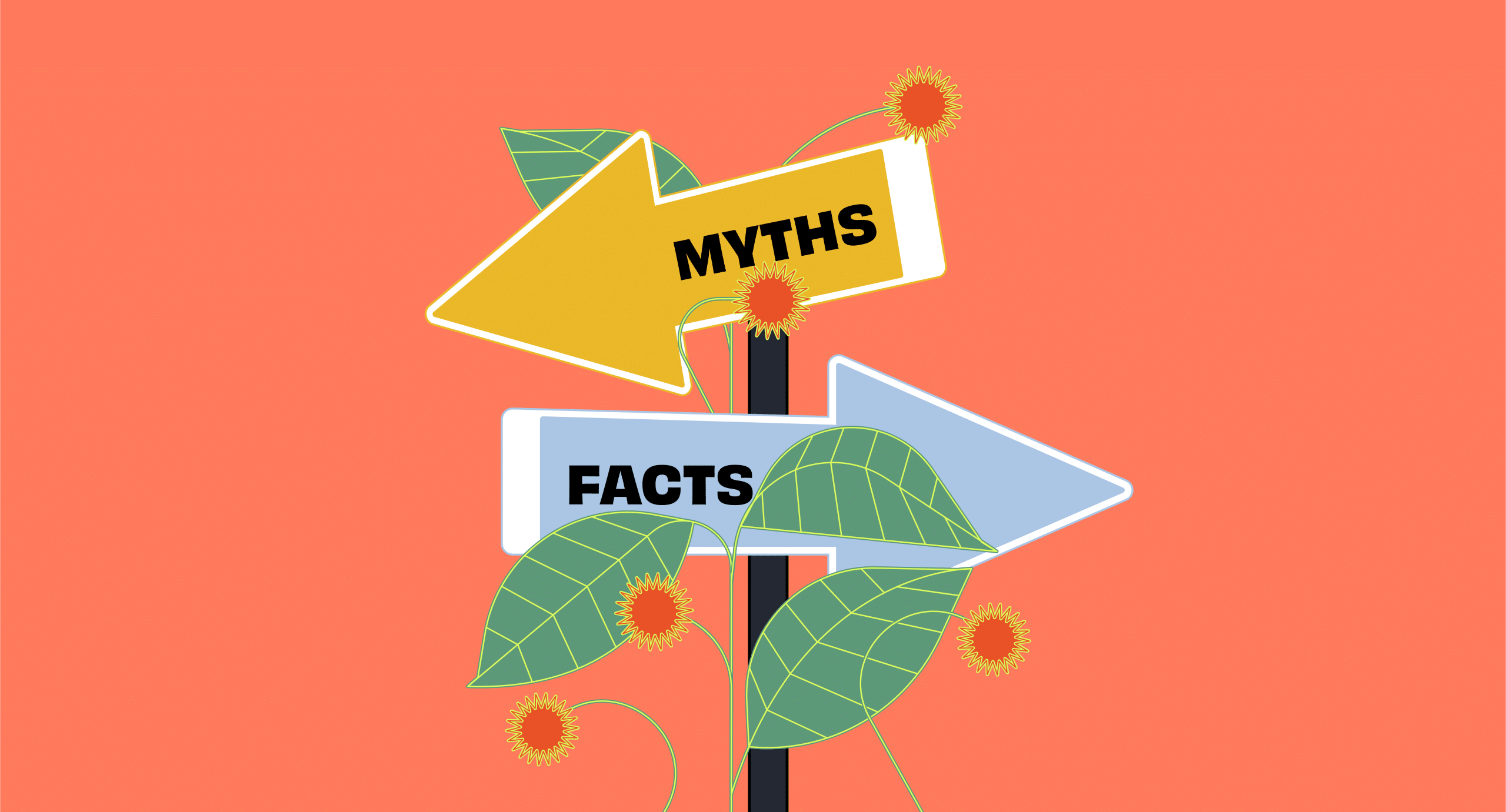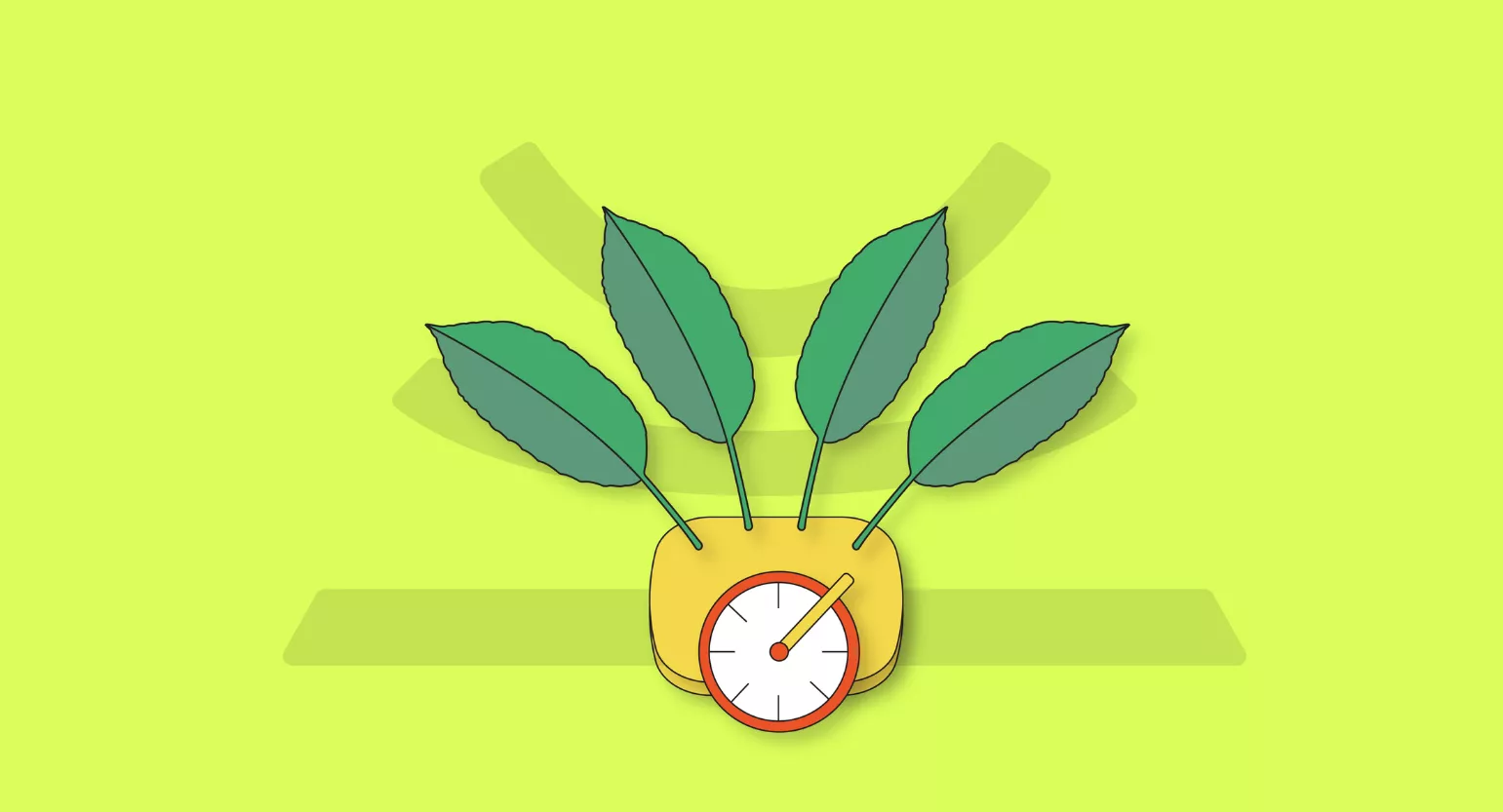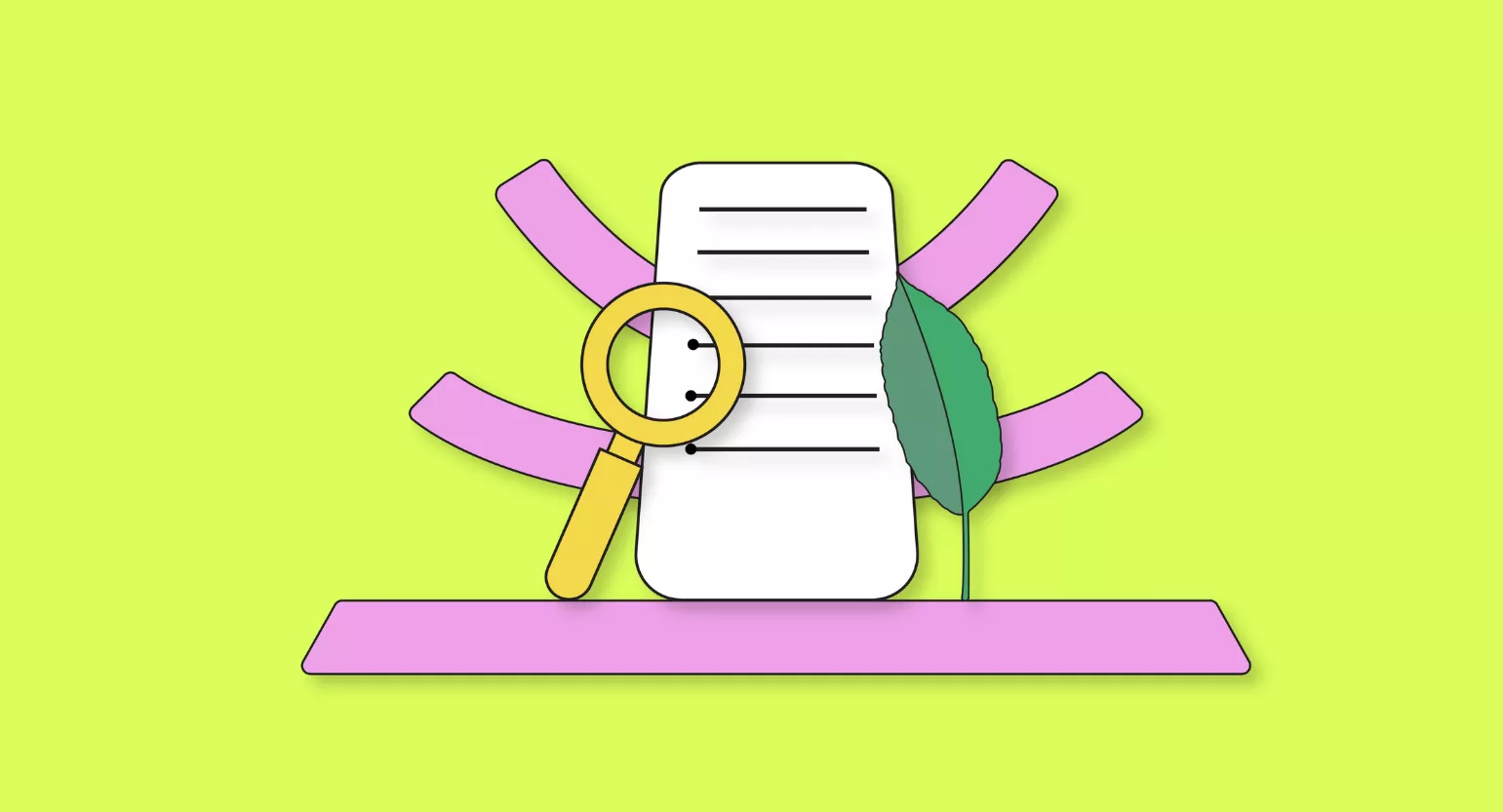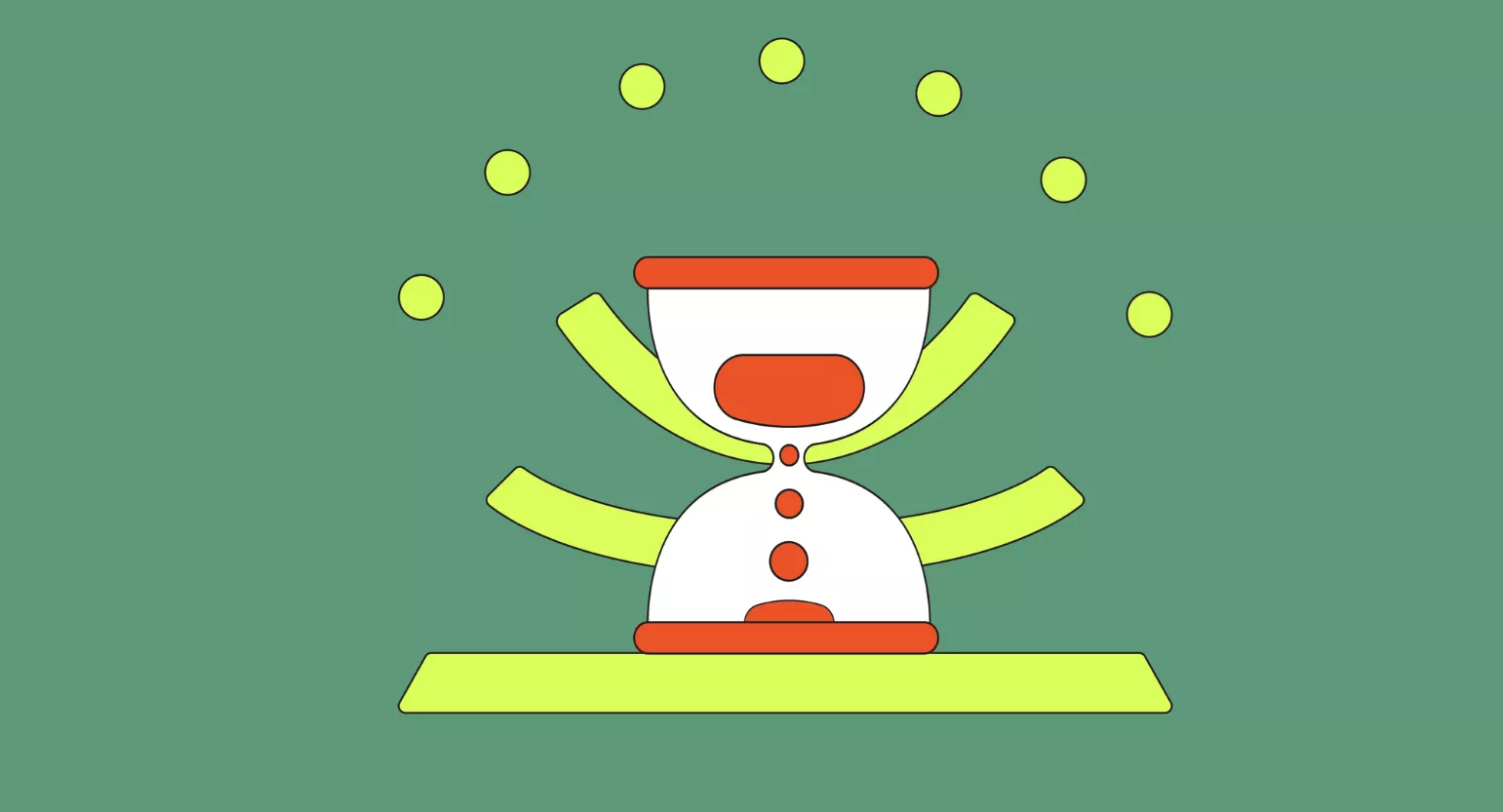Does Kratom Interact With Methylphenidate (Ritalin)?
Yes, methylphenidate and kratom have a high risk of interacting with each other.
Methylphenidate has stimulant properties that can enhance an individual’s cognitive capacity, making it one of the first-line treatments against attention deficit hyperactivity disorder (ADHD).
When consumed in low doses, kratom offers pretty similar benefits. This is not surprising, as kratom and methylphenidate are central nervous system stimulants. When used together, the effects of both compounds can sum up, causing what is known as an agonistic interaction. This interaction increases the overall stimulant effects, which can be dangerous.
However, taking high doses of kratom will produce sedative and relaxant effects. This means that taking a high dose of kratom along with methylphenidate will hinder methylphenidate’s stimulant effects. When two drugs with opposite effects are taken together, the result is an antagonistic interaction. Kratom could reduce the effects of methylphenidate, which can also be counterproductive.
Because of these possible interactions, it’s best to avoid using kratom and methylphenidate together. Always talk to your doctor before combining any medications.
Methylphenidate Specs

| Drug Name | Methylphenidate |
| Trade Name | Ritalin, Aptensio, Concerta, Daytrana |
| Classification | CNS Stimulant |
| CYP Metabolism | Primarily metabolized by CES1A1 |
| Interaction With Kratom | Antagonistic, Agonistic |
| Risk of Interaction | High |
Is it Safe to Take Kratom With Methylphenidate (Ritalin)?
No, kratom and stimulants shouldn’t be used together — the side effects that could arise from this combination range from moderate to severe.
Kratom and methylphenidate are relatively safe compounds to take by themselves. Nevertheless, adding kratom’s stimulant effects to those of methylphenidate is a dangerous play that could strain the nervous and cardiovascular systems.
On the other hand, hindering methylphenidate’s effects with high (sedative) doses of kratom is unpractical and makes methylphenidate treatment ineffective.
What is Methylphenidate?
Methylphenidate is the drug more commonly known as Ritalin. It is classified as a central nervous system stimulant and only available as a prescription medication.
Methylphenidate is available in different preparations and forms, such as instant-release or extended-release oral formulations and transdermal patches. The precise mechanisms through which methylphenidate acts on the body are not entirely understood. Some research suggests methylphenidate increases central dopamine and norepinephrine activity [1].
The FDA has classified methylphenidate as a Schedule II drug, which means it has a high potential for abuse, leading to physical or psychological dependence.
What is Methylphenidate Used for?
Methylphenidate has been approved as a prescription treatment for attention deficit disorder (ADD) and narcolepsy.
Around 70% of those who use methylphenidate see an improvement in their ADD symptoms [2]. There’s also evidence to suggest that children with ADD improve their lives significantly when treated with stimulants.
Nevertheless, there’s also counter-evidence that draws the efficacy of methylphenidate as a treatment for ADD and ADHD into question, arguing in part that ADD symptoms are overdiagnosed in the US [3].
Stimulants such as methylphenidate treat narcolepsy as they can improve measures of drowsiness and other related factors [4]. Narcolepsy is a sleep disorder that causes overwhelming drowsiness and sleep.

There are also several off-label uses for methylphenidate:
- It’s used in treatment-resistant cases of bipolar disorder and major depressive disorder [5]
- It may improve depression symptoms in stroke, cancer, and HIV patients [6]
- Methylphenidate has been used to counter opioid-induced tiredness in cancer patients
What’s the Dose of Methylphenidate?
You should never follow generalized dosage recommendations regarding prescription medication; always follow your doctor’s prescriptions strictly.
Proper dosage will always differ according to several factors. The medicine comes in 5, 10, and 20 mg tablets for oral administration. Kids commonly start with 5 mg twice daily, increased if needed. Adults take 20-30 mg two or three times a day. Neither group should take more than 60 mg a day.
Methylphenidate’s duration of action varies:
- Instant-release: 2-4 hours
- Sustained-release: 3-8 hours
- Extended-release: 8-12 hours
Finally, contrary to popular belief, taking methylphenidate with a meal might speed up absorption [7].
Generic & Brand Name Versions
Methylphenidate is available under the following brand names:
- Ritalin
- Ritalin SR
- Ritalin LA
- Aptensio XR
- Concerta
- Daytrana
- Metadate
- Metadate CD
- Metadate ER
- Methlyn
- Quillivant XR
- QuilliChew Er
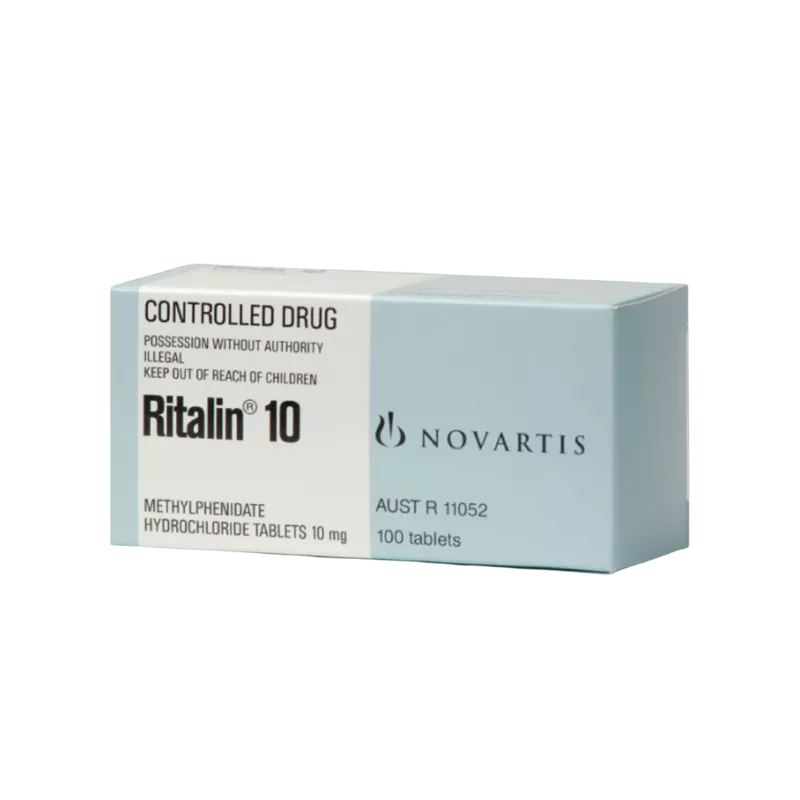
What Are the Side Effects of Methylphenidate?
Methylphenidate — like all other prescription drugs — can cause side effects. Many of these side effects can be relieved with a dosage adjustment. However, other side effects can be severe and require immediate medical attention.
The most common side effects of methylphenidate are [8]:
- Abdominal pain
- Anxiety
- Appetite loss
- Changes in blood pressure
- Dizziness
- Dry mouth
- Headaches
- Insomnia
- Irritability
- Lethargy
- Nausea
- Palpitations
- Restlessness
- Tachycardia
- Weight loss
According to the FDA, there is also potential for more serious adverse effects like:
- Mania
- Myocardial infarctions
- Priapism
- Stroke
- Sudden cardiovascular events
Additionally, it is known that methylphenidate has considerable addiction potential. People popularly use it without a prescription for off-label uses such as studying. There are also several reports of people ingesting acute doses for recreational purposes.
Unregulated methylphenidate use commonly leads to severe side effects and overdose [9].
What is Kratom?
Kratom is an all-natural substance that has recently been making waves in the United States due to its ability to reduce pain and provide energy.
It is derived from the leaves of a tropical evergreen tree known as the Mitragyna speciosa, native to several countries in Southeast Asia like Vietnam, Thailand, and Indonesia. Indigenous people have been harvesting and using kratom to combat fatigue and pain for centuries.

Kratom has seen some bad headlines because — like the vast majority of drugs — it does have the potential for harm stemming from misuse, like physical dependence.
Still, we must recognize that kratom’s potential downsides far outweigh “traditional” medications like pharmacological opioids or painkillers.
What is Kratom Used for?
Kratom has shown great promise as a herbal pain relief option for arthritis, fibromyalgia, headaches, and chronic back pain.
Kratom also has anti-anxiety properties and can promote generalized feelings of calm and relaxation. You can even use it for sleep support.
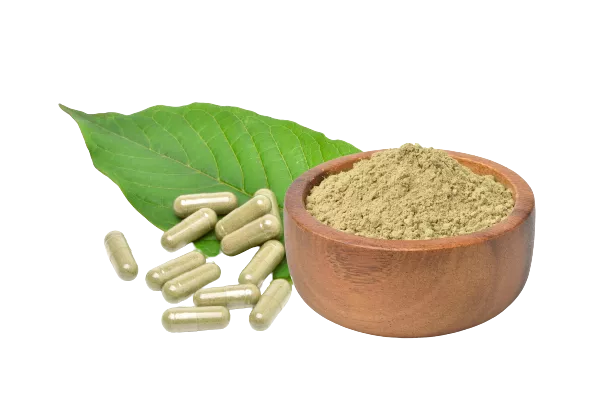
It might seem strange, but kratom has other benefits that stimulate mental energy. Kratom can promote increased focus and creativity and generate euphoric feelings by acting on the central nervous system.
Other kratom treatments for weight loss and withdrawal symptoms are being explored.
What’s the Dose of Kratom?
The optimal dose of kratom depends on several factors, such as body weight, age, method of consumption, treatment goals, etc.
Consequently, you should be skeptical of any formulaic dosage prescriptions you find online. The smart choice is always to go slow, listen to your body, especially if you’re experimenting with a new combination, and always start with small amounts.
With that said, here are the generally recommended dosages for kratom:
- Low dose — (1-4 grams)
- Medium dose — (4-8 grams)
- High dose — (8-12 grams)
It is also important to note that kratom’s effects depend highly on the dosage consumed.
Low doses produce the stimulant, and nootropic benefits of kratom, while — on the other hand — medium to high doses bring out the analgesic and anxiolytic side.
Related: How Long Should I Wait Between Kratom Doses?
What Are the Side Effects of Kratom?
Kratom has the potential to cause adverse effects. Thankfully, these effects are usually mild and can be easily managed if one scales back their kratom consumption.
The side effects of kratom are:
- Anxiety
- Constipation
- Dizziness
- Headaches
- Heart palpitations
- Insomnia
- Itchiness in the skin
- Low blood pressure
- Low libido
- Nausea
- Poor appetite
- Seizures
- Tremors

You’re probably developing physical dependence if you need to keep increasing amounts of kratom to produce a reaction.
If you’re taking kratom every day, you should learn to spot the signs of kratom addiction and know what to do about it: moderation is key.
What Are the Different Types of Kratom?
Kratom comes in three primary strain “types” and one subcategory.
These strains are named after the color of the kratom leaf’s vein. Once they are processed, though, they all look the same.
The strains aren’t the only differentiating factor — where the kratom grows is also significant, as different types of soil composition can affect the plant.
This is why — for example — you’ll typically see a kratom strain having a name like ‘White Papua Kratom.’ ‘White’ refers to the strain, and ‘Papua’ refers to Southeast Asia’s region where the kratom was grown.

White Vein Kratom
White vein kratom is hands-down the best strain option if you’re looking to emphasize the stimulant and nootropic benefits of the kratom plant. It’s perfect for anyone who wants to boost their mental performance.

Red Vein Kratom
Red vein kratom can help treat chronic pain or anxiety. This strain produces analgesia, anxiety relief, and relaxation effects associated with a mid-to-high kratom dosage.

Green Vein Kratom
If you’re unsure what type of experience you want, green vein kratom is probably your best option. Green-veined strains produce a healthy balance of the effects found in both white and red strains. Think of it as the “middle point” between the two.

Yellow Vein Kratom
Yellow vein kratom is the mysterious subcategory of kratom strains. This is because the yellow vein is a combination of red and white.
Yellow vein strains are almost identical to green vein kratom, except that it is much milder, making this strain an excellent choice for beginners.

Key Takeaways: Is it Safe to Mix Kratom & Methylphenidate (Ritalin)?
Kratom and methylphenidate should not be used together. If you want to try them both, never do so without guidance from your doctor.
Kratom’s unique ability to act as both stimulant and sedative makes agonistic and antagonistic interactions possible. Methylphenidate’s metabolism could cause other unknown problems. It’s best to keep these separate.
- Faraone, S. V. (2018). The pharmacology of amphetamine and methylphenidate: Relevance to the neurobiology of attention-deficit/hyperactivity disorder and other psychiatric comorbidities. Neuroscience & Biobehavioral Reviews, 87, 255-270.
- Greenhill, L. L., Pliszka, S., & Dulcan, M. K. (2002). Practice parameter for the use of stimulant medications in the treatment of children, adolescents, and adults. Journal of the American Academy of Child & Adolescent Psychiatry, 41(2), 26S-49S.
- Storebø, O. J., Ramstad, E., Krogh, H. B., Nilausen, T. D., Skoog, M., Holmskov, M., … & Gluud, C. (2015). Methylphenidate for children and adolescents with attention deficit hyperactivity disorder (ADHD). Cochrane Database of Systematic Reviews, (11).
- Mitler, M. M. (1994). Evaluation of treatment with stimulants in narcolepsy. Sleep, 17(suppl_8), S103-S106.
- Dell’Osso, B., Dobrea, C., Cremaschi, L., Arici, C., & Altamura, A. C. (2014). Wake-promoting pharmacotherapy for psychiatric disorders. Current psychiatry reports, 16(12), 524.
- Leonard, B. E., McCartan, D., White, J., & King, D. J. (2004). Methylphenidate: a review of its neuropharmacological, neuropsychological and adverse clinical effects. Human Psychopharmacology: Clinical and Experimental.
- Chan, Y. P., Swanson, J. M., Soldin, S. S., Thiessen, J. J., Macleod, S. M., & Logan, W. (1983). Methylphenidate hydrochloride given with or before breakfast: II. Effects on plasma concentration of methylphenidate and ritalinic acid. Pediatrics, 72(1), 56-59.
- Verghese, C., & Abdijadid, S. (2021). Methylphenidate. StatPearls [Internet].
- Spiller, H. A., Hays, H. L., & Aleguas, A. (2013). Overdose of drugs for attention-deficit hyperactivity disorder: clinical presentation, mechanisms of toxicity, and management. CNS drugs, 27(7), 531-543.


